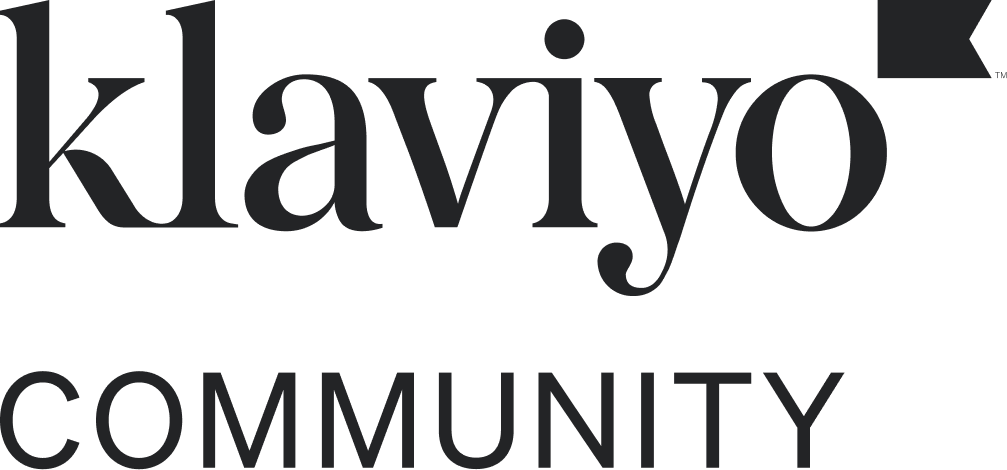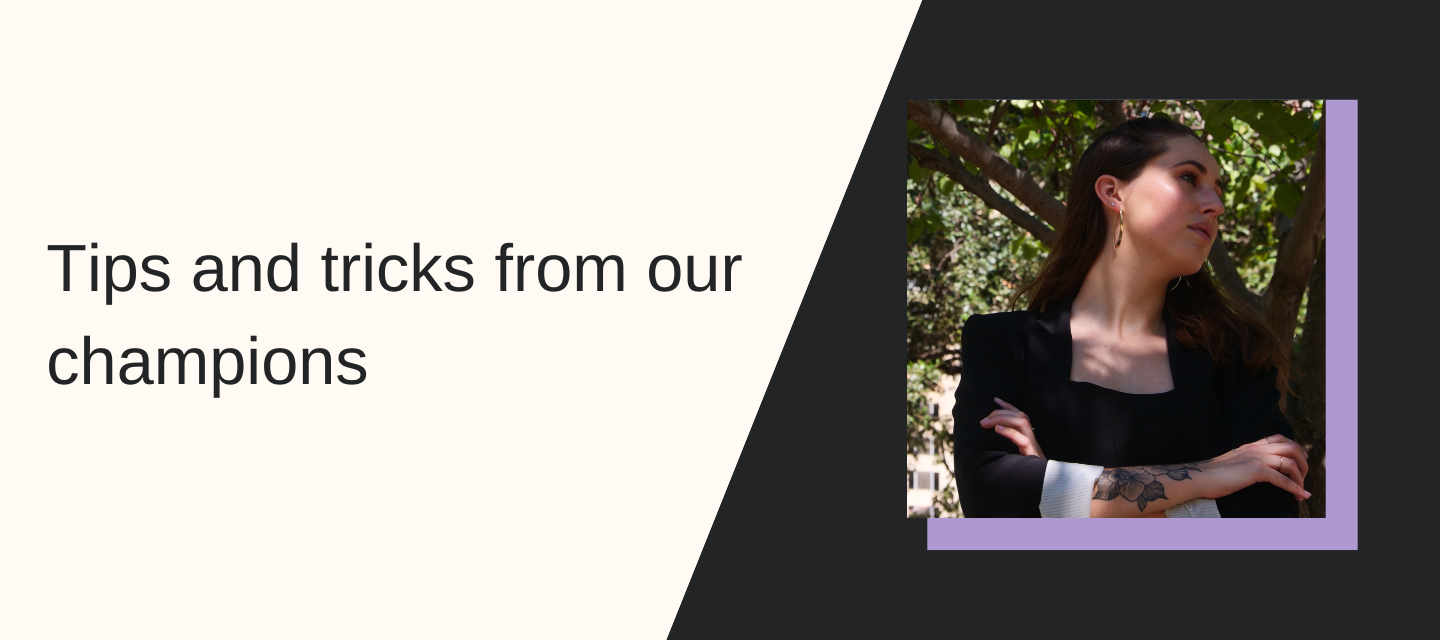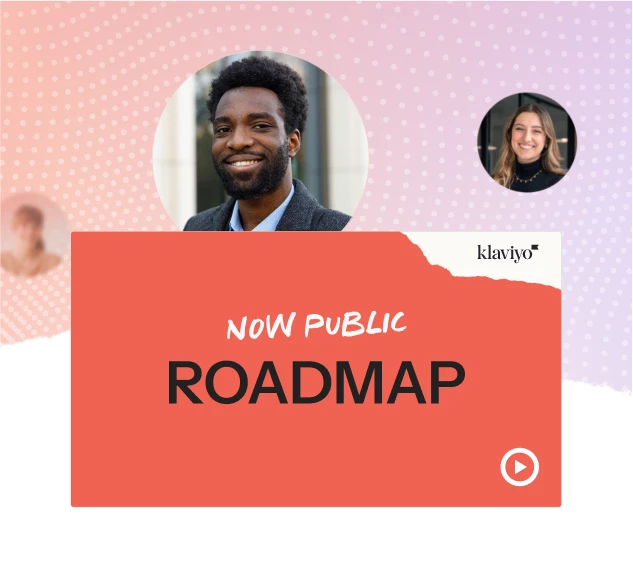So you have a new Klaviyo account, and you're ready to build your first flows. Where do you start? The most wonderful benefit of using flows is they automate your email marketing in response to an action, or lack of action, taken by your subscriber.
First things first
Although these emails are automated, that doesn’t mean you can treat this like a “set it and forget it” type of tool. You’ll need to refine your flows over time. This can look like:
- adjusting the content
- A/B testing subject lines
- switching out offers to find which ones have the best conversion rate.
Each iteration will be a little stronger as you’ll learn new information about what your unique audience responds to most.
Designing a flow can feel daunting at first. There’s the logic of the automation to configure, deciding if/when to use a conditional split, and the content of the emails to write and design. If you go into this process expecting a perfect multi-email series, you might end up delaying the launch of your first flow for weeks, or even months.
Before you start to feel overwhelmed, there’s an important detail here to remember: your flows will be refined over time. Don’t feel like you need to have the most robust, highest-converting flow on the first day you launch it.
Refine your flow one version at a time
At ebusiness pros, we recommend our clients approach their flows as V1, V2, and so on. The first version won’t be perfect and that’s ok! At bare minimum, you can launch a flow with 2 emails, or even just 1, depending on the type of flow.
Launching a flow gives you valuable data like which subject lines are getting people to open your emails and whether or not people are placing orders.This information will help you make revisions again and again, until you have a flow that you’re proud of and drives revenue!
Once you reach that point, you’ll still need to make revisions periodically, but not at the same frequency as dialing in a newly launched flow.
Questions to guide your flow creation
These questions will help you develop the strategy for each flow you create:
- Who’s receiving this email?
The flow trigger determines who gets entered into the queue for your flow emails. You can further refine this with flow filters, and/or filters on individual emails. - When are they receiving this email?
Have they recently taken an action? (Ex: subscribed, placed an order)
Or have they not taken an action? (Ex: abandoned cart, disengaged subscriber)
- What is the intent of this email?
What is the main idea / impression / feeling / association / you want to make on the recipient intellectually and emotionally? This doesn’t need to be prompting them to take action. There's time in a flow for CTAs to come in later emails.
To start, be clear about the main intent. Your execution, the details of copywriting and visuals, can be refined later.
How to prioritize your flow setup
Once you feel confident about the overall structure of your flow, it’s time to identify which to launch first. The first flow is key to building momentum. It’s wise to view your flows as a system that’s going to support your ecommerce sales. Revenue generated from flows should become a consistent percentage of your expected revenue each month.
At ebusiness pros, we always start with what we call a Core 4 system of flows. These are the ones you most urgently need to support the success of your ecommerce store – like the foundation of a house.
If Abandoned Cart emails are sent automatically by your ecommerce store, the Welcome Series is the first Klaviyo flow to launch. Otherwise, your Abandoned Cart flow should come first.
But generally, the prioritization of Klaviyo flows looks like this:
- Welcome Series
- Abandoned Cart
- New Customer Thank You
- Repeat Customer Thank You
Why these are the Core Four
Welcome Flow
Your new subscribers are the best prospects you have for generating new customers, so retention of those subscribers is key. The Welcome Series promptly greets a new subscriber, regardless of whether or not you’ve sent a campaign email that day. Each new subscriber holds the potential for a profitable customer relationship, if you engage with them from the beginning and earn their trust and engagement in return.
In this flow, you set the tone for how your subscribers will interact with your brand. It also gives you an opportunity to use a quick “P.S.” at the end of an email prompting people to reply to that email with questions for your customer support team, or update their preferences and tell you what kind of content they’re interested in.
Pro tip: make sure the email address you’re using to send emails from Klaviyo is connected to your help desk, so your customer service team will get those email replies without delay.
Abandoned Cart Flow
If you have the resources available, I recommend launching your Abandoned Cart flow next, with at least one Customer Thank You flow following in the same week.
Most ecommerce platforms have basic email marketing functions built into them. Shopify, WooCommerce, and BigCommerce already have a pre-built Abandoned Cart automation. Sometimes, this is turned on by default when you set up your ecommerce store. In other cases, the emails are already written, and the automation logic is already configured, you just need to turn it on. It makes it super simple for you to start following up with those who didn’t complete their purchase.
For this reason, I tend to focus first on launching a Welcome Series flow for clients who are new to Klaviyo. The goal is to have consistent branding across your email marketing, so eventually all emails should be sent from Klaviyo.
However, if you don’t already have Abandoned Cart emails sent by your ecommerce store, then that takes higher priority than a Welcome Series flow. Prospects are valuable to follow up with, but if you’re not already sending emails to the prospects who’ve made it far enough into their buying journey to abandon their cart, that follow-up becomes more urgent than welcoming a new subscriber.
Post Purchase Thank you Flow
Finally, we have our post purchase thank you flows. I recommend creating two separate flows as it’s important to acknowledge a first-time customer differently than a repeat customer. They have different levels of loyalty to your company, so they should be treated accordingly.
-
New Customers
- This flow thanks you new purchasers as well as giving proactive customer education about your product in at least one email. For instance this could be:
- “How to clean your bags/ garments”
- FAQs
- User manuals
- This flow thanks you new purchasers as well as giving proactive customer education about your product in at least one email. For instance this could be:
It’s best if these educational emails come after a “thanks for purchasing” email, sent around the most commonly expected day of delivery for your products. So you might have as many as 5 days between Email 1 and Email 2, for example.
-
Repeat Customers
- For many of our clients, this flow starts as a simple “thanks for coming back” or “thanks for trusting us again” email. It can be up to you whether you choose to build out the flow more. Some of our clients have seen order rates as high as 3% from this flow.
Why launch in this order?
Email marketing plays a key role in earning trust for your brand. It’s important to prioritize more sensitive subscribers who are new to your list or still unsure whether they’re ready to complete a purchase. After all, email marketing is one of the best tools to earn and retain customers, and grow that customer’s value over time. If you engage with them from the beginning with respect for their time and attention, the likelihood is you will earn their engagement in return.
Consequently, that leaves customer thank you flows as the last flows to set up. The decision to place an order with you displays a higher level of trust than someone who abandoned their cart, or who recently joined your email list. While those recent purchasers are as “close to the money” as you can get, earning someone’s trust takes priority over the potential for motivating someone to place another order. Your customers who have already placed an order trust you. Now your ability to retain that subscriber is dependent on how both of you respond after the product is delivered.
If you found this helpful, feel free to reach out with questions. You can learn more about me on my Champion profile page, or what ebusiness pros can do to help you!
Best of luck,
Gabrielle (
Learn more from these resources to keep learning:





